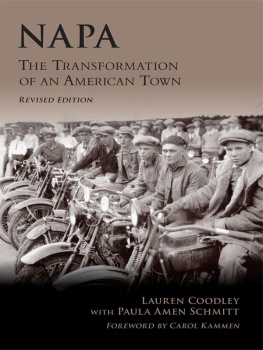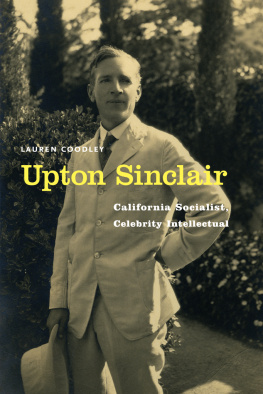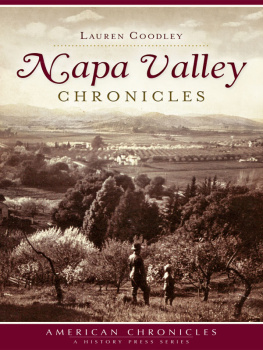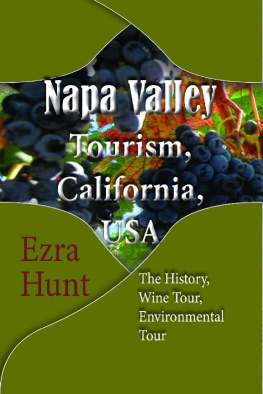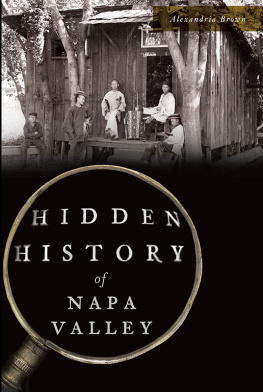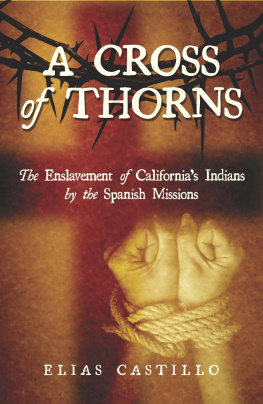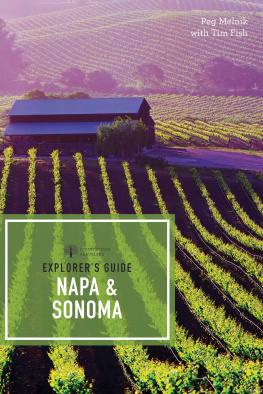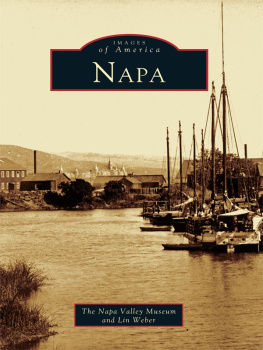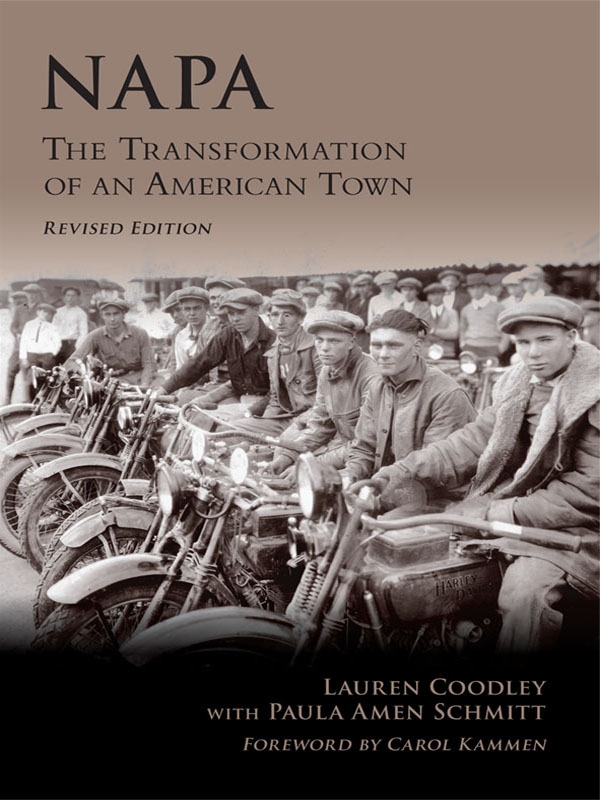The past is never dead. Its not even past.
Paula and I are grateful to all of the people whom we interviewed for your observations and memories. Your names can be found at the end of the chapters and in the index.
We deeply appreciate what Arcadia Publishing has done in documenting the histories of American towns. Thank you for your efforts in allowing us to present some of the many stories of Napa, the town where Paula grew up. Lauren began to learn Napa history through the fascinating articles written for the Napa Register by Louis Ezettie and Jane Smith: this revised edition is dedicated to their memories.
EPILOGUE
I see it sometimes, and it could be under glass, a little museum of people and implements from another place and time. Im there, too, but slightly to one side, my natural position, the onlooker, the interloper. The Village and its life was taken from them, and it was given to me. I tried my best to return it.
John Baskin
The building where we used to buy our childrens clothes, the Penneys building, is currently being demolished for a multi-story hotel, the first such structure in downtown Napa. A host of small businesses have quietly folded, from independent service stations to the House of Lights and the Big and Tall Shop. The Depot Restaurant, where the contributors to the first edition of this book came together to be introduced and celebrate in July 2004, was sold the following month and now stands empty.
While tourists from all over the world stroll hand in hand through downtown Napa, many teenagers who grew up here never visit downtown at all anymore. After reading portions of the first edition of this book in fall 2005, my college students were struck by what Jacqueline Guzman described as the many activities kids and teenagers were able to do on the weekends. The drive-in theatre, skating rink, dances at the fairgrounds. It seems so fun! Stephanie Nicholini added, I remember as a child going to Bel Aire Bowl Monday nights and watching my dad in his bowling league.
Many students lamented the loss of Brewsters. James Dennis wrote: I remember going to Brewsters with my dad to buy the Ben Davis workshirts and boots. I was sad when the store closed. It was a part of my youth. Christa Burris added: I remember shopping at Brewsters with my mom when I was little but something I didnt know was that Harris Nussbaum was a co-owner. He was a favorite teacher of mine in high school.
Megan Slack recalls: My aunt and I used to pick blackberries down by Embassy Suites. My dad, who is only 45, remembers most of the Napa Valley being orchards and that you could walk through the orchards up to St. Helena if you wanted to. Its a strange feeling to be only 19 and have nostalgia for a simpler time.
Karl Poniatoski, who emigrated here as a child from Poland, commented: It seems that people back then had a bit more fun than we do. It feels like Napa has gone downhill. Chris Adams, descendant of the Italian immigrant community, wrote: I remember the K-Mart. I remember how long it used to take when we went shopping there because we would run into so many people that we knew. My mother used to say small world. I havent heard her say that for a long while.
As Michael Parenti has noted, Despite the mis-education they might have enduredor because of it many people are hungry for real history . Longtime resident Don Meehan recently wrote to the Napa Register :
I read that Third Street and Jefferson are to be paved. It would be nice to see the old car tracks that are buried there. I used to march on them every fair parade during the Fifties and Sixties. The Napa Valley Interurban used to operate over these streets.... There are only two Napa Interurban cars still in existence at the Western Railway Museum where I am a volunteer. Please drop by some weekend and say hello and look over some of Napas history.
Napas industrial past has blurred into memory, into myth, as the great Rough Rider building was leveled to the ground, and Sawyer Tannery became studios for newly arrived artisans. But the memories of Napans like Peter Manasse help construct a sense of how it once was. He writes:
I remember the whistle blowing every day at 7 and 1 and 4the barges coming up the river bringing diesel fuel for their boiler, and the hides arriving by freight trainI remember driving a big flatbed truck across the Third Street Bridge to pick up the hides at the train depot at Fourth and Soscol. Napa was so small that if I drove my parents car too fast downtown, a police officer would call them.
He tells me now that there are no tanneries left in America.
Everyone has his or her own version of the golden age in Napa. I have often thought of the period described in chapter eight as the golden age. However, I probably would not have fit easily into Napa during that time. Instead, I was the beneficiary of the activism that changed Napa into a place where I could be hired to teach Women and Society in 1975. My childrens paternal grandparents came here in the 1950s so that their grandfather could be treated at the state hospital for his alcoholism. I raised my children when Napa was still largely a blue-collar town with affordable housing and open fields.
THE FLIGHT OF FEATHERS
Elmer Bickfords grandson Bob handed me a letter that Mr. Bickford had written to the Register in the 1920s. In the letter, Bickford describes the bird count expeditions he had taken with his Boy Scout troop. They counted several hundred bird species, many of which have now disappeared. A thousand years ago, in the era when this book began, Napa was home to an abundance of wildlife. Early records of Napa settlers mention the California condor, with its wingspan of nearly 10 feet. The great birds could soar on thermal updrafts for hours and reach 1,500 feet. Changes in their habitat along the Napa River and in the wetlands that once stretched all the way to Imola Avenue reduced the prevalence of many bird species. The California clapper rail, now listed as endangered and near impossible to find, was once so numerous that it was found on Napans dinner tables.
In the 1940s, new houses were built on the streets called Ash, Sycamore, and Spruce, where perhaps those trees once stood in open meadows. In the 1950s and 1960s, new housing tracts were built north of Lincoln, on land that once was farmed; and on the north side of Trancas, in an area renamed Bel Aire; and then in Browns Valley, former site of prune orchards and dairy cows. In the early 1970s, the population voted to maintain the size of the city and to preserve downtown as the center of the shopping district.

